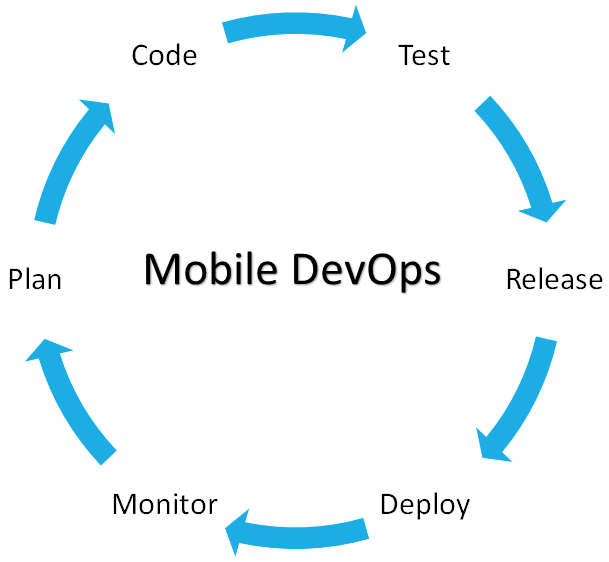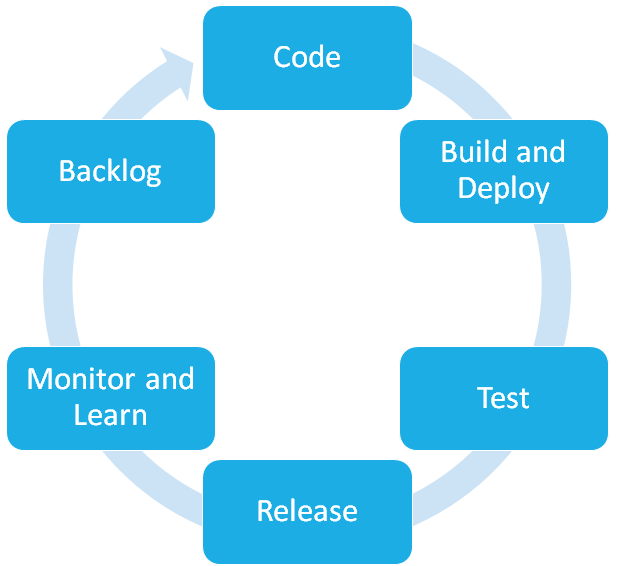Mobile DevOps is quite similar to DevOps, but only applied to mobile. With that said, it brings new challenges that come with mobile application deployment and maintenance. When talking about mobile application development, there are a lot of new things to consider about deployment and feedback.
A web application just needs to be tested and quality-checked on a limited set of browsers, but for mobile applications the range is huge and not limited to a set of mobile devices or operating system versions. A large number of operating system versions available in the market need to be tested and tracked once the application goes live in production.
The main difference between DevOps and mobile DevOps is the tooling required to achieve the process. In mobile DevOps, the SDKs have to be built into the application code to track bug reports and crash reports when in production.
Feedback mechanisms become even more important because mobile apps have a more personal feel to them, and users gives very important feedback that can be then worked upon and applied to application improvements.





